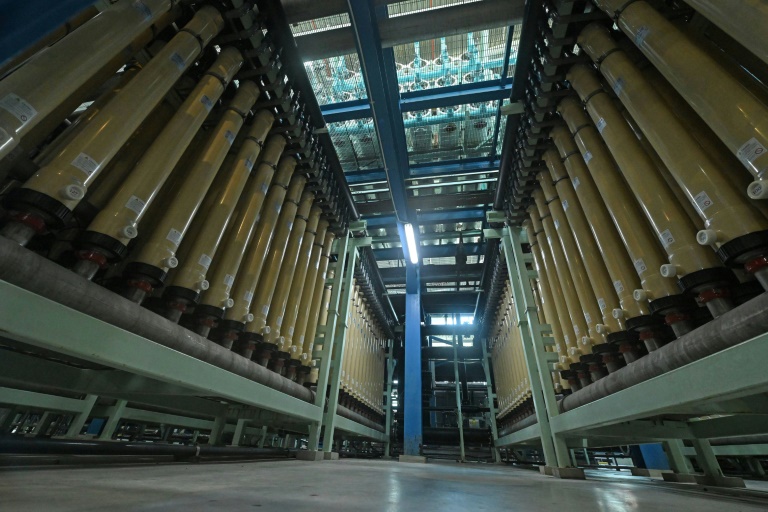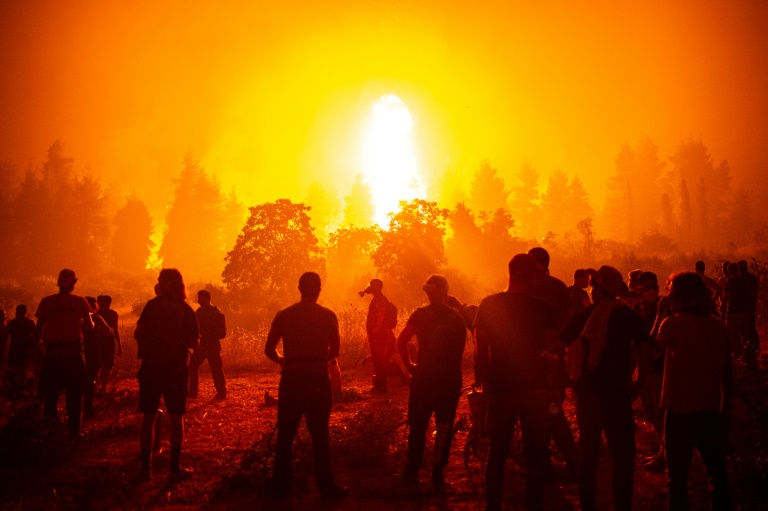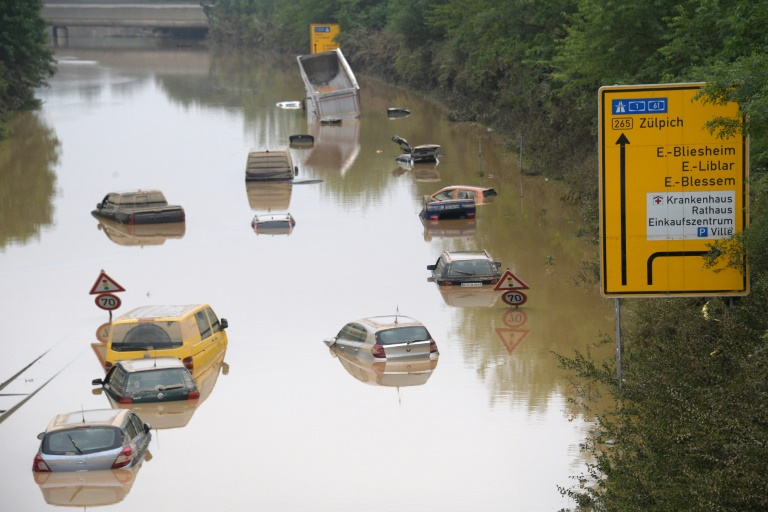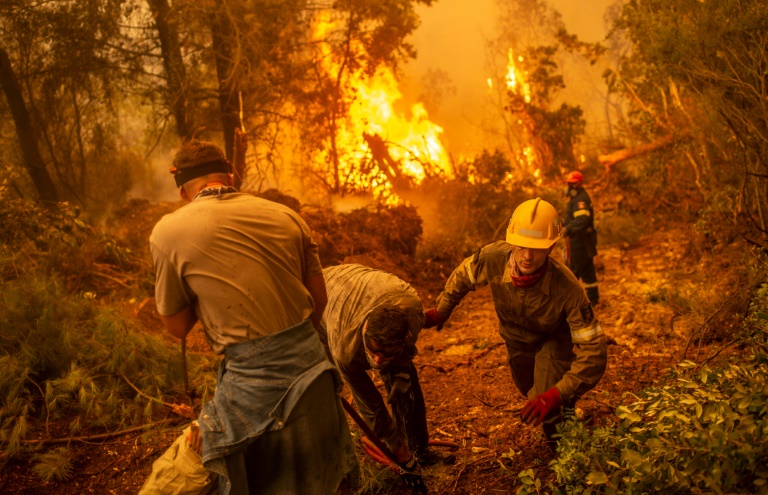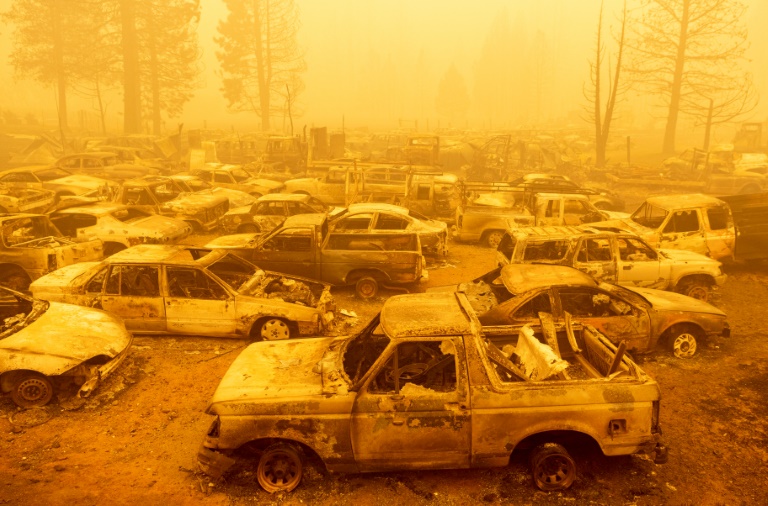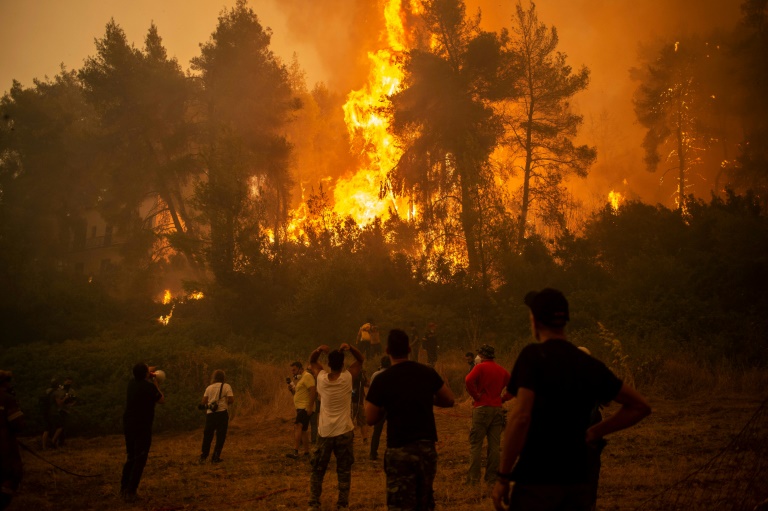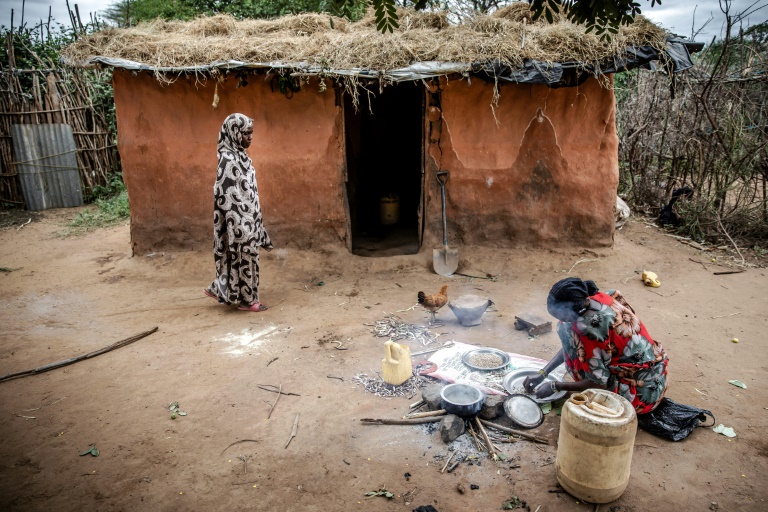Australia rejects climate targets despite damning UN report
Australia’s conservative prime minister rejected growing calls Tuesday to adopt more ambitious emissions targets, insisting the country was doing enough to tackle climate change.
Hours after a landmark UN climate report warned catastrophic global warming is occurring far more quickly than previously forecast, Prime Minister Scott Morrison signalled he would not adopt a net-zero target.
“Australia is doing its part,” Morrison said. “I won’t be signing a blank cheque on behalf of Australians to targets without plans.”
Australia is at the forefront of the global climate crisis, as one of the world’s largest fossil fuel exporters and the victim of multiple climate-worsened disasters.
In recent years, the country has suffered intense droughts, the largest bushfires in its recorded history, floods and coastal erosion among other disasters.
But ahead of a major climate summit later this year, Morrison has rejected calls — including from allies such as the United States — to adopt a formal target for reducing or offsetting carbon emissions.
Australia has suggested it will achieve net-zero carbon emissions “as soon as possible”, and preferably by 2050, but has not made any commitments to do so.
Instead, Morrison sought to deflect focus onto developing countries and the need for new technology, which he said was key to solving the crisis.
“We need to take a different approach. We need to focus on the technological breakthroughs that are necessary to change the world, and how we operate,” Morrison said.
Many politicians within Morrison’s conservative coalition with close ties to the coal industry have denied climate change is happening or sought to play down the risks.
Senator Matthew Canavan described the latest UN climate report as “fear porn” and said the panel that drafted it was always warning “the sky is falling in, and it never does”.
The prime minister once brought a lump of coal onto the floor of parliament, urging people not to be scared of it.
His Liberal party and Australia’s opposition Labor party both support continued coal mining, despite global investment in the sector drying up and importers shifting to cleaner fuels.
Australia has one of the highest rates of emissions per capita in the rich world and is among the world’s largest exporters of coal and natural gas.
It faces mounting political and economic pressure to act.
Both the United States and the European Union are moving toward imposing carbon import tariffs that could effectively sanction Australia and other countries shirking measures to tackle climate change.
One of the UN panel’s authors, Mark Howden of Australian National University, said the Pacific region would be one of the worst affected by projected warming.
“If we don’t start to reduce our emissions significantly before 2050, the world is extremely likely to exceed two degrees Celsius of warming during the 21st century,” he said.
“Global temperature rises will have serious impacts across the Pacific region. This includes dramatic and devastating sea level rise.”


